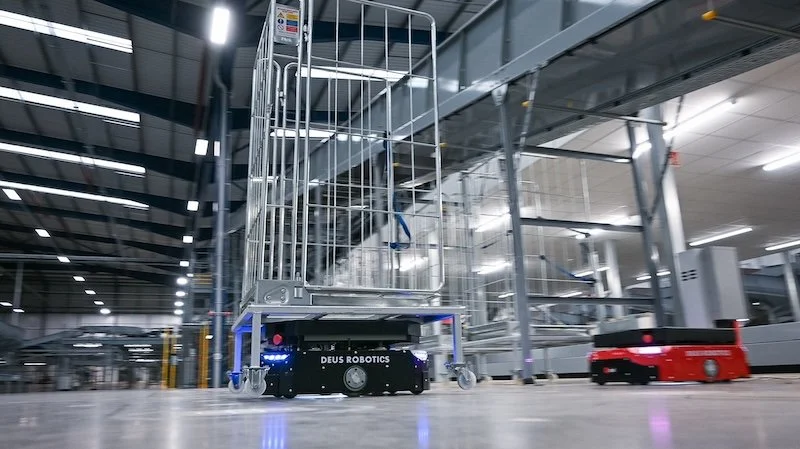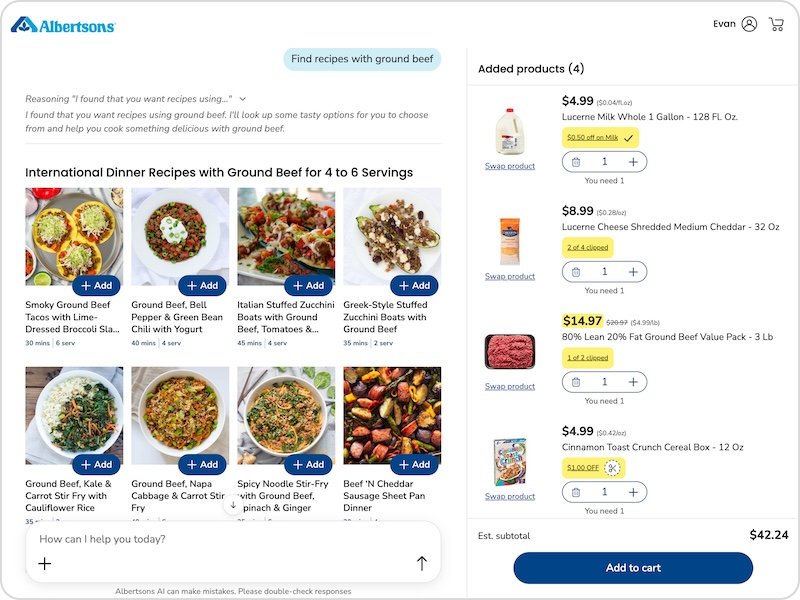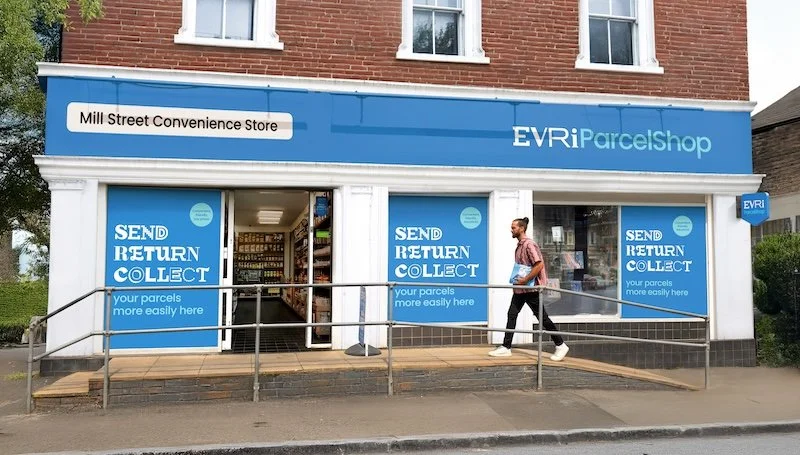Stop chasing parts - partner with a distributor who plans ahead
Downtime is expensive in ways that most operations don't fully appreciate until they experience it.
A manufacturing facility shut down for four hours loses more than parts cost. A utility system offline for even one hour creates cascading problems across communities. A commercial building without HVAC during peak summer loses money and reputation simultaneously.
The cost of waiting on parts dwarfs the actual price of those parts by orders of magnitude. Yet most operations still treat parts procurement as something to handle reactively when failures happen instead of proactively before they occur.
The right electrical distributor becomes an extension of your operation rather than just a supplier you call when emergencies happen. They anticipate your needs before breakdowns occur. They maintain inventory of critical components you'll likely need.
They understand your systems well enough to predict failure patterns and recommend preventive maintenance. They communicate proactively about supply chain issues that might affect you. That partnership approach to distribution transforms procurement from reactive crisis management to strategic asset management.
Working with an electrical distributor who plans ahead means you spend less time fighting fires and more time operating efficiently. You reduce emergency downtime because critical parts are already available. You reduce maintenance costs through preventive planning.
You operate with confidence knowing that supply chain vulnerabilities are being actively managed by someone who understands your business. That's what a true partnership with an electrical distributor actually delivers.
The Cost of Reactive Supply
Downtime in manufacturing environments destroys profitability faster than most other factors. A production line stopped costs the facility thousands per hour in lost output, idle labour, and equipment stress. Emergency procurement of replacement parts often costs significantly more than planned procurement because suppliers charge premiums for rush orders.
That combination of downtime costs plus emergency procurement premiums creates financial impact that dwarfs the component's normal purchase price. A part that costs two hundred dollars in normal procurement might cost five hundred dollars in emergency procurement after the facility has already lost thousands to downtime.
Utilities and infrastructure operations face similar dynamics where supply delays create widespread consequences. A transformer failure at a substation requires replacement within hours to restore service.
Emergency procurement of replacement transformers involves premium pricing from limited emergency suppliers. The cost to the utility compounds across thousands of affected customers plus regulatory penalties for service interruptions. That financial impact makes preventive supply planning and proactive distributor relationships extraordinarily valuable for utilities that can't afford extended outages.
Commercial facilities face reputation damage alongside financial costs when supply delays create operational failures. HVAC failures during peak seasons result in customer complaints, negative reviews, and potential loss of business.
Emergency procurement costs spike while revenue potential drops. That combination of increased costs and decreased revenue creates double damage that reactive procurement creates. Proactive supply chain management prevents these situations before they develop.
What Proactive Distribution Looks Like
Forecasting involves working with distributors who understand your equipment, your usage patterns, and your failure history. They maintain historical data about what components fail most frequently and when replacements typically occur.
They work with you to predict seasonal demands and unusual operational periods that change normal consumption patterns. That forecasting prevents situations where critical components become unavailable exactly when you need them most. Distributors who invest in forecasting provide enormous value through prevented crises alone.
Inventory management by proactive distributors means they stock components that you specifically need based on your operations rather than generic inventory that might or might not match your requirements. They understand your critical systems and maintain appropriate safety stocks of critical components.
They reduce your need to maintain massive inventories yourself while ensuring components are available when needed. That balance between distributor inventory and your operational reserves creates efficiency that pure reactive procurement can't match.
Vendor relationships maintained by quality distributors create access to components and information that independent procurement can't achieve. Distributors work directly with manufacturers and maintain preferred vendor status that provides priority allocation during supply shortages.
They learn about upcoming product changes, discontinuations, and supply constraints before that information reaches general customers. That insider information allows distributors to alert you to upcoming problems and recommend proactive solutions before constraints become emergencies.
Why Relationships Matter in Supply Chains
Communication between you and your distributor prevents surprises that could otherwise create operational crises. Regular contact about your operations, your equipment changes, and your future plans lets distributors stay current with your actual needs.
That communication means they understand exactly what to stock and what to prioritise. It also means they can alert you to supply chain issues early enough for you to plan responses rather than reacting after failures occur. That transparency transforms distributors from order takers to strategic partners.
Data integration between your systems and your distributor's systems creates real-time visibility into supply chain status and inventory levels. You can see what's available, what's on order, and when shipments arrive.
Distributors can see your consumption patterns and anticipate future needs based on actual data rather than guesses. That shared visibility eliminates information gaps that create procurement mistakes. Systems that share real-time data simply work better than systems relying on periodic communication and manual ordering.
Reliability emerges from relationships where both parties understand obligations and priorities. When suppliers know you're a valued customer with predictable orders, they prioritise your requests during allocation periods.
When they understand your operations and their importance, they make special efforts to support your critical needs. Those relationship benefits can't be purchased through transactional dealings alone. They only develop through sustained partnership where both parties invest in mutual success.
Conclusion
A forward thinking electrical distributor isn't just a supplier, it's infrastructure insurance. They protect your operations through proactive planning, maintained inventory, and strategic relationships that prevent the kind of supply emergencies that create financial damage and operational chaos. That protection is worth paying for because downtime costs vastly exceed the overhead of maintaining proactive distributor relationships.
The best partnerships develop between operations that understand supply chain complexity and distributors who take ownership of supporting those operations strategically. Those partnerships require communication, transparency, and mutual commitment to preventing crises rather than just responding to them. The results include reduced downtime, lower emergency procurement costs, and operational resilience that reactive approaches simply can't achieve.
Stop treating procurement as a reactive cost centre and start treating it as a strategic asset. Partner with an electrical distributor who understands your business, maintains inventory strategically, and communicates proactively about supply chain challenges. That partnership transforms supply chain management from crisis management into operational excellence that supports your facility's success continuously.































Continue reading…